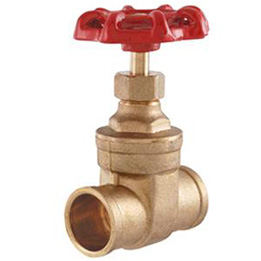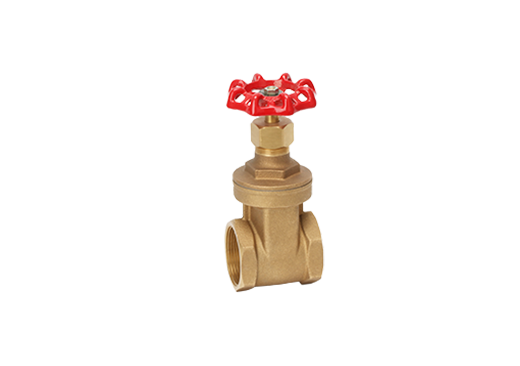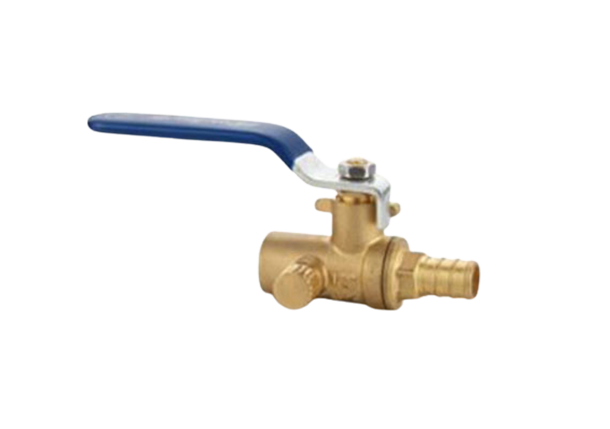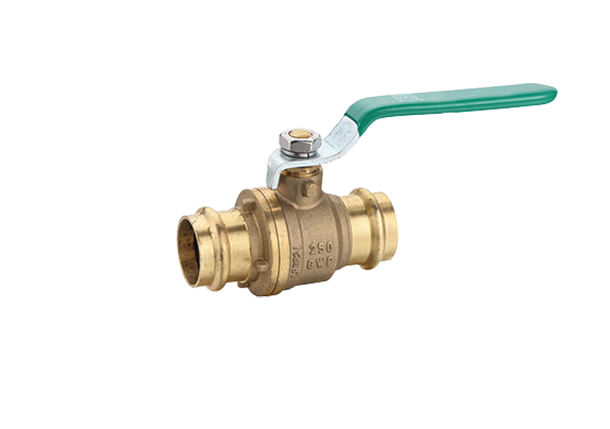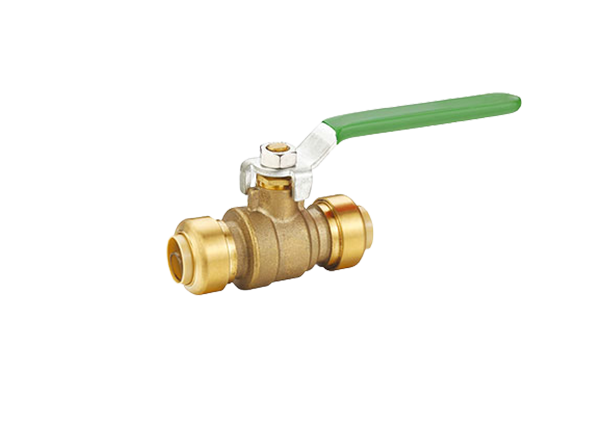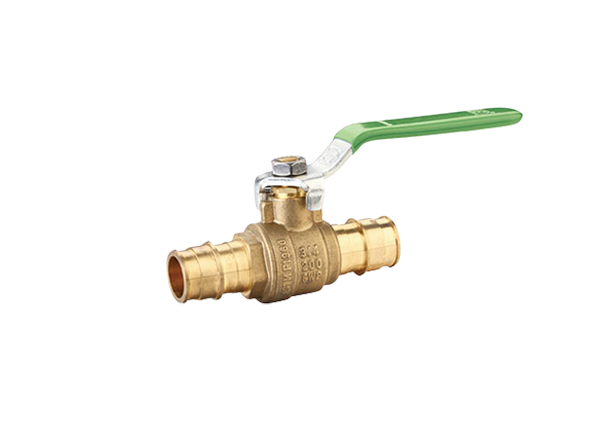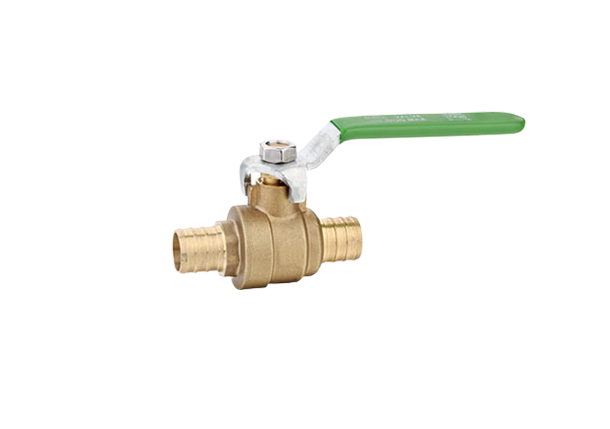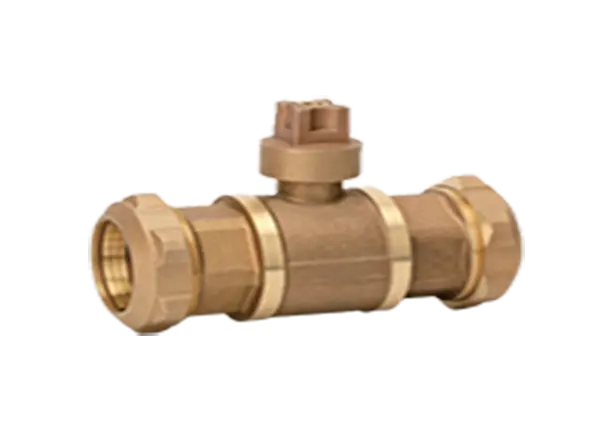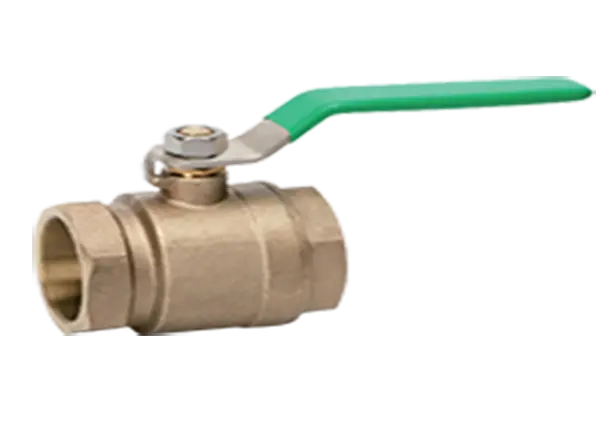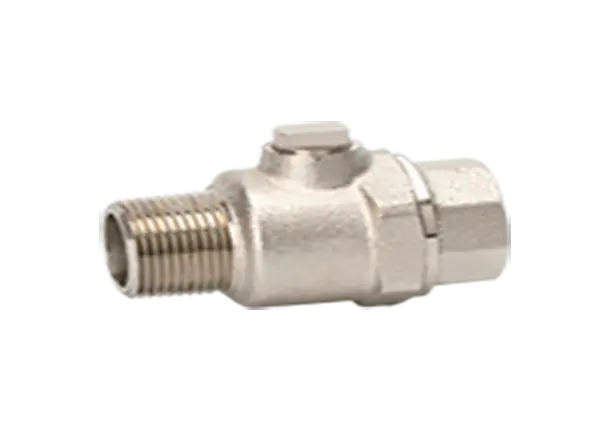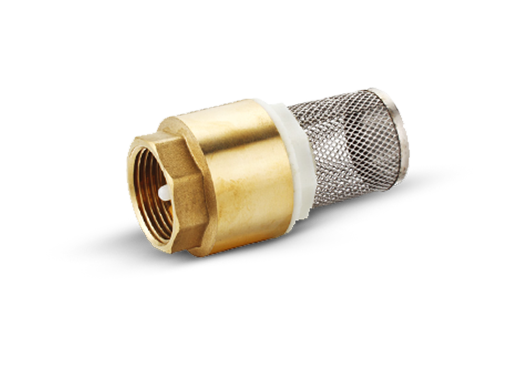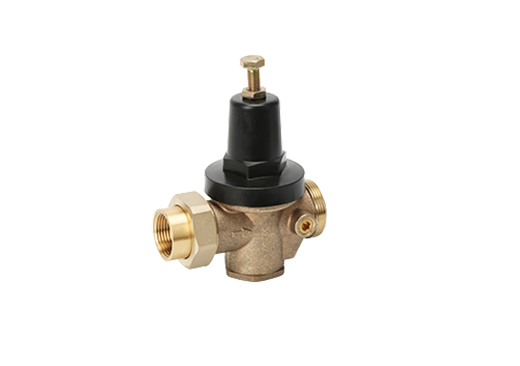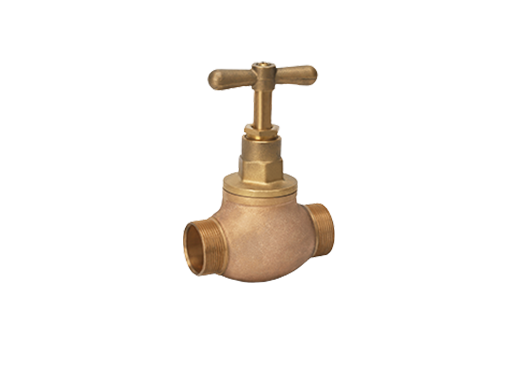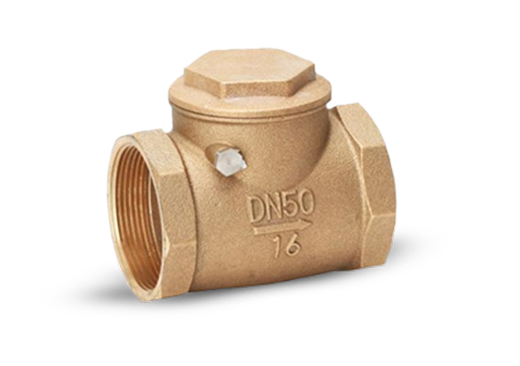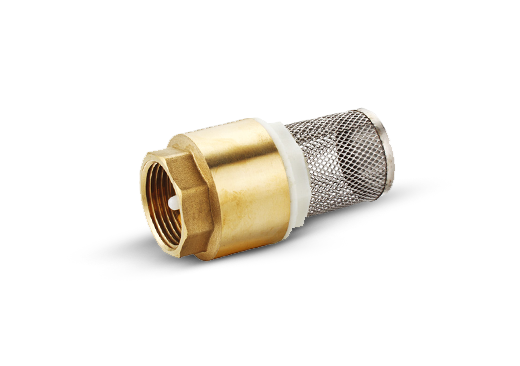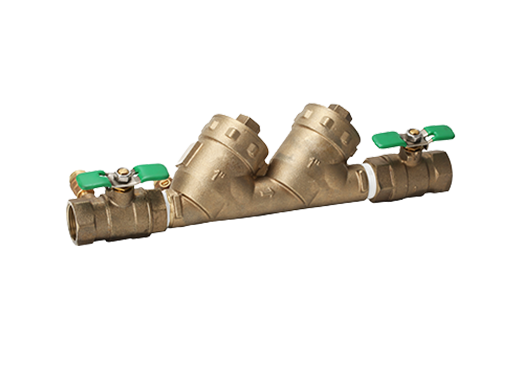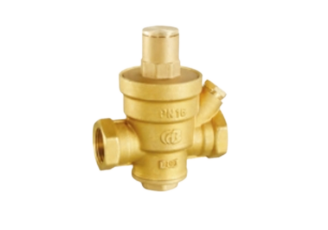The Function and Selection Principle of Brass Check Valve
Ⅰ. The role of brass check valve
The purpose of using the check valve is to prevent the backflow of the medium. Generally, a check valve is installed at the outlet of the pump, and a check valve is also installed at the outlet of the compressor. Check valves are installed.
Brass check valves are generally used in clean flowing media, and should not be used in fluid media containing solid particles and high viscosity, otherwise the check valve will not be sensitive to open, the closing seal will be unreliable, and the check of the fluid will not be reliable enough.
The brass ball check valve is a kind of automatic valve, its main function is to prevent the reverse flow of the medium, prevent the reverse rotation of the pump and the drive motor, and discharge the medium of the container.
Brass check valves may also be used on lines supplying auxiliary systems where the pressure may rise above system pressure. Usually this kind of valve works automatically. Under the action of fluid pressure flowing in one direction, the valve disc opens; when the fluid flows in the opposite direction, the valve seat is acted on by the fluid pressure and the self-weight of the valve disc to cut off the flow.
With different materials, the brass check valve can be applied to various media such as water, steam, oil, nitric acid, acetic acid, oxidizing medium, and urea.
Ⅱ. The selection principle of brass check valve?
1. For high and medium pressure check valves below DN50, vertical lift check valves and straight-through lift check valves should be selected.
2. For low-pressure check valves below DN50, butterfly check valves, vertical lift check valves and diaphragm check valves should be selected.
3. For high and medium pressure check valves with DN>50 and <600, swing check valves should be selected.
4. For medium and low pressure check valves with DN>200 and <1200, it is advisable to choose a wear-free spherical check valve.
5. For low-pressure check valves with DN>50 and <2000, butterfly check valves and diaphragm check valves should be selected.
6. For pipelines that require less or no water shock when closing, slow-closing swing-open and slow-closing butterfly check valves should be selected.
7. For the inlet pipeline of the water pump, a bottom valve should be selected.
8. Brass check valves are generally suitable for clean media, and should not be used for media containing solid particles and high viscosity. Diaphragm check valves are suitable for pipelines that are prone to water hammer. The diaphragm can well eliminate the water hammer caused by the reverse flow of the medium, but it is generally used on low-pressure and normal-temperature pipelines due to temperature and pressure limitations.
Different Carbo Valves For Sale

